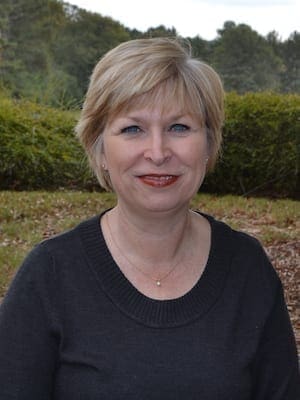The United States is one of the most religious nations in the world. Christianity, especially, played an important part in the founding and development of this country, and it has continued to dominate America’s religious landscape.
Today, however, that religious landscape is quite diverse. The major religions of the world are all firmly established in our nation, and some of the newer American religious movements have grown into sizeable groups.
How do we classify these religious movements? What terminology should we use in describing them?
Leo Pfeffer, a distinguished American jurist and leading authority on church-state separation, once observed: “If you believe in it, it is a religion or perhaps the religion; and if you do not care one way or another about it, it is a sect; but if you fear and hate it, it is a cult.”
Unfortunately, Pfeffer’s humorous statement is too often true. Americans have tended to label those religious movements that are different from their own tradition as sects and cults.
Attempts at terminology and definitions can be traced to 1912. That year the German theologian Ernst Troeltsch set forth his definitions of churches, sects and mysticism in his book, The Social Teaching of the Christian Church. Troeltsch defined church as a universal body into which people are born. The church, he wrote, covers the whole life of humanity in society, and the clergy’s role is to proclaim the Word and dispense sacraments.
Troeltsch defined sects as groups that renounce the world, have a voluntary membership and insist that members experience a new birth and practice personal holiness. Mysticism, according to Troeltsch, is a form of individualism that emphasizes inward spiritual experience, adopts and adapts ideas from Christianity and other religions, and gives little attention to fellowship.
These three categories reflected the movements and splinter groups that were part of European Christianity. In Europe, the politically established religious bodies were considered churches, and splinter groups and independent bodies were viewed as sects. Sect members were seen as dissenters from the church and were often condemned and persecuted.
Troeltsch’s categories, however, do not adequately describe what happened in America. When America gained independence from England, no church had sufficient power to become the dominant national religion. The lack of an official national church contributed to the acceptance of religious liberty and the separation of church and state. Because there was not an official church, “sects” could not be defined as splinters from it.
America’s unique religious setup necessitated new categories and definitions. The new categories used in America have included denomination, sect and cult. Unfortunately, there is not a generally accepted definition for any of these words, but following are some common definitions.
Denominations are established religious bodies that have usually existed for many years and have a geographically widespread membership. Typically, congregations within a denomination hold the same beliefs or creed, engage in similar practices, and cooperate with each other to develop and maintain shared enterprises.
Sects are small offshoots of an established religion or denomination. They hold most of the beliefs of the established religion, except for a few novel concepts. Groups that oppose or separate themselves from the dominant religious structures have also been labeled as sects.
Cults are religious innovations often imported from other cultural settings. They are formed by a merger or adaptation of elements from more than one religious tradition.
The definitions of sect and cult often overlap, making it difficult to distinguish completely between these two terms. The labels of sect and cult are often given to new religious movements. Some groups that receive these labels fade quickly from the scene. Others linger.
Still others grow into an established religious movement and eventually move into the denomination category. Well-established denominations, including Baptists and Quakers, have in the past been labeled as sects or cults.
Today, most Americans continue to react negatively to the terms sect and cult. Promoters of religious tolerance now favor terms like new religious movement, alternative religious movement or emergent faith group.
Pam Durso serves as assistant professor of church history and Baptist heritage at Campbell University Divinity School in Buies Creek, N.C.

